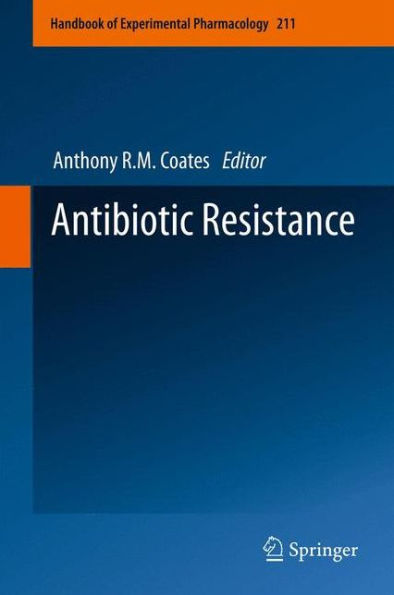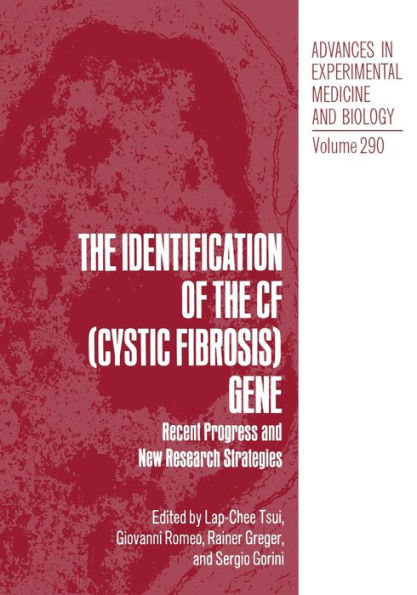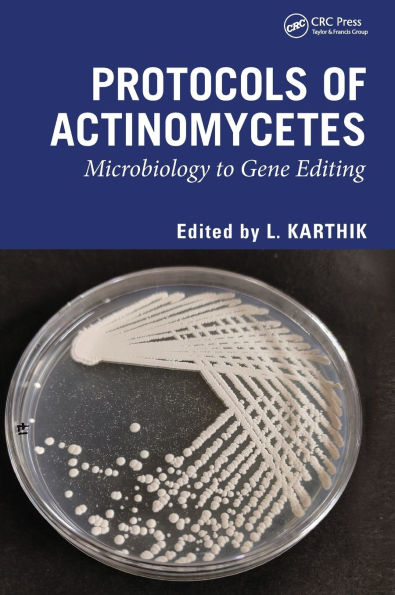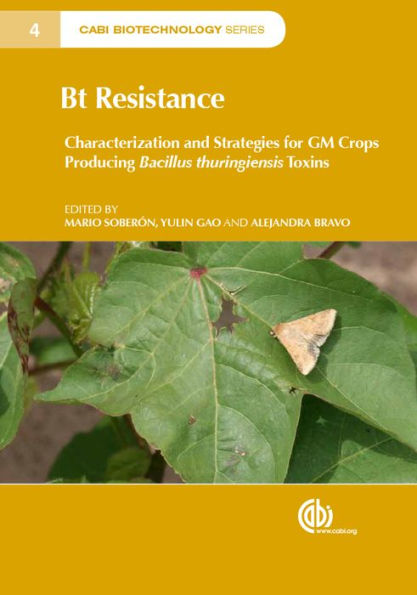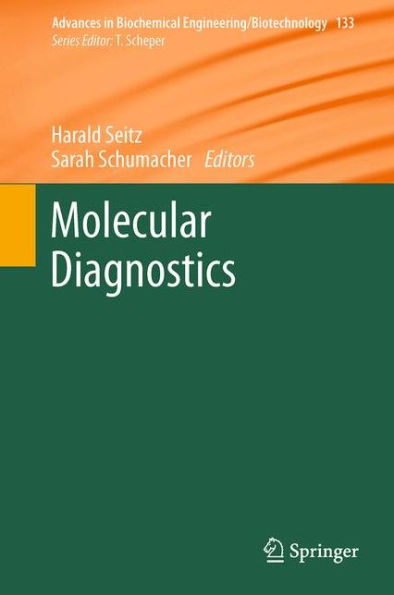Home
Molecular identification of the CTX-M resistance gene in bacteria
Barnes and Noble
Loading Inventory...
Molecular identification of the CTX-M resistance gene in bacteria in Bloomington, MN
Current price: $43.00

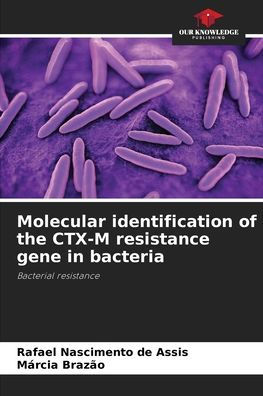
Molecular identification of the CTX-M resistance gene in bacteria in Bloomington, MN
Current price: $43.00
Loading Inventory...
Size: OS
The CTX-M resistance gene produces Extended Spectrum Beta-lactamase (ESBL) enzymes that are capable of inhibiting the action of broad-spectrum beta-lactam antimicrobials by irreversibly hydroxylating the amide bond of the beta-lactam ring of these antimicrobials. In general, the gene that codes for ESBLs is located on plasmids, and these enzymes are characterised by their ability to inactivate beta-lactam antimicrobials such as penicillins, cephalosporins and monobactams, with the exception of carbapenems. Its hydrolytic action towards antimicrobials can be interrupted with the use of beta-lactamase inhibitors such as clavulanic acid, sulbactam and tazobactam. The CTX-M gene originated from the mobilisation of beta-lactam resistance genes present in the chromosomes of Kluyvera spp. bacteria, which from point mutations derived into different subtypes of the gene, in response to the selective pressure intensified by the widespread indiscriminate use of beta-lactam antimicrobials.
The CTX-M resistance gene produces Extended Spectrum Beta-lactamase (ESBL) enzymes that are capable of inhibiting the action of broad-spectrum beta-lactam antimicrobials by irreversibly hydroxylating the amide bond of the beta-lactam ring of these antimicrobials. In general, the gene that codes for ESBLs is located on plasmids, and these enzymes are characterised by their ability to inactivate beta-lactam antimicrobials such as penicillins, cephalosporins and monobactams, with the exception of carbapenems. Its hydrolytic action towards antimicrobials can be interrupted with the use of beta-lactamase inhibitors such as clavulanic acid, sulbactam and tazobactam. The CTX-M gene originated from the mobilisation of beta-lactam resistance genes present in the chromosomes of Kluyvera spp. bacteria, which from point mutations derived into different subtypes of the gene, in response to the selective pressure intensified by the widespread indiscriminate use of beta-lactam antimicrobials.

